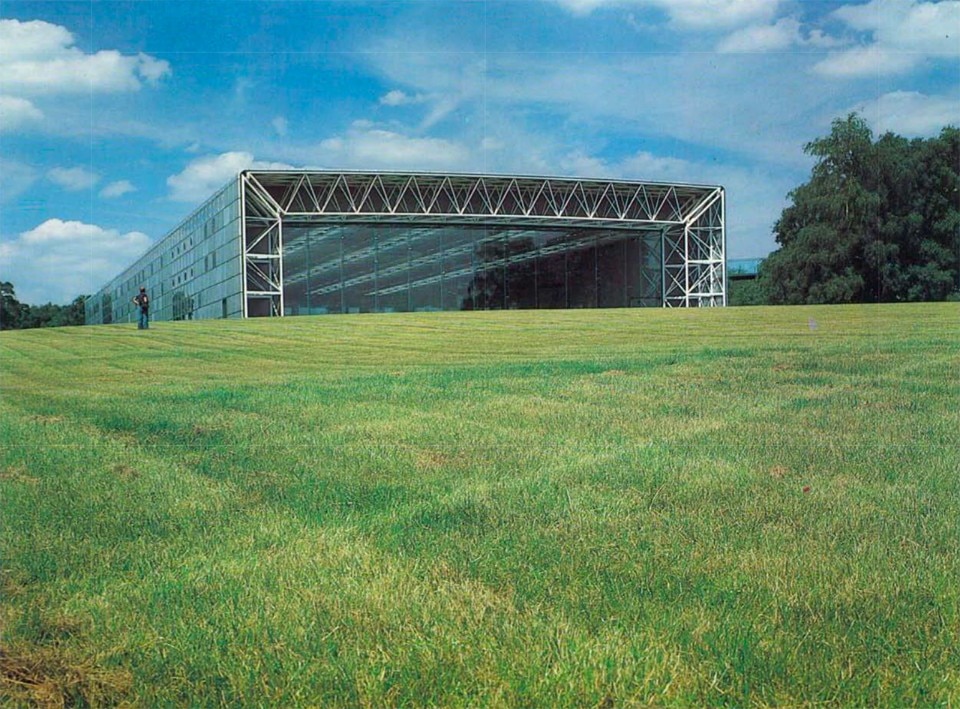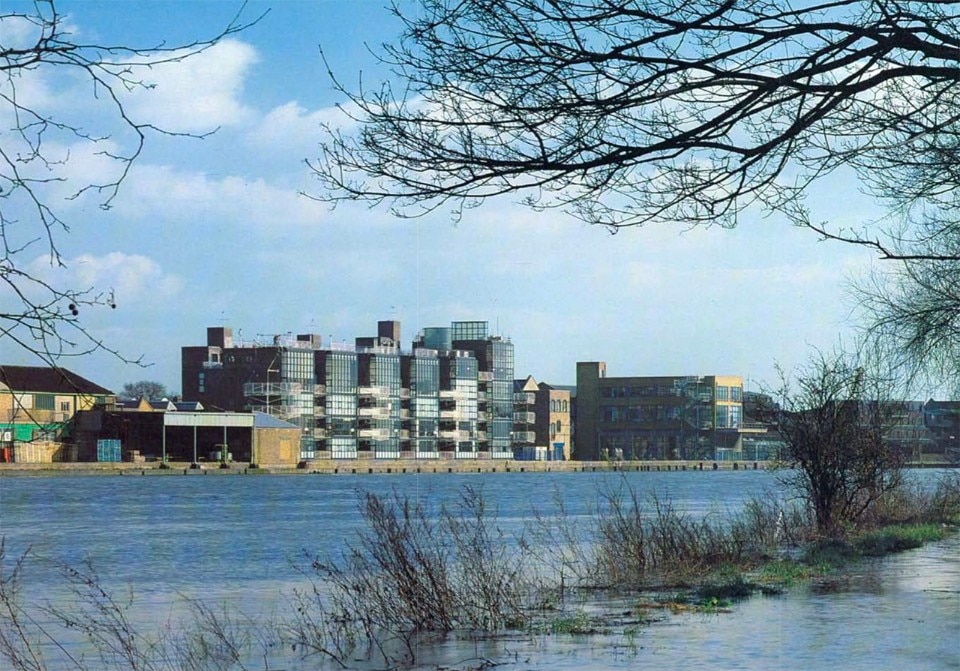The high-tech surfaces as an architectural trend in its own right in the 1970s, it culminates in the following decade, and keeps evolving through different variations until nowadays.
A specific building proves able to draw the interest of both specialized criticism and the lay public on the rising high-tech movement: the Centre Pompidou in Paris, realized between 1971 and 1977 by Renzo Piano (1937) and Richard Rogers (1933), in collaboration with Gianfranco Franchini (1938-2009). The design by the Italian-English trio, who won an international competition, is not the earliest example of high-tech architecture, and the framing of such a one-of-a-kind episode within a single historiographic interpretation is certainly simplistic. Still, on the other hand, the Centre Pompidou embodies and brings to their extreme at least two of the features which are most commonly associated with the high-tech.
The contemporary art center, in fact, is designed as an open space, its interiors conceived as uninterrupted platforms, available for countless forms of appropriation. At the same time, all of the technological equipment and the structure are pushed towards its façades and left in plain sight. Therefore, a new architectural language takes shape on the building’s shell, whose elements are beams and wind bracings, pipes and chimneys, escalators and elevators. Piano, Rogers and Franchini draw extensive inspiration from the imageries and the solutions brought forward by the 1960s neo avant-gardes. Archigram, Archizoom and Superstudio, Richard Buckminster Fuller and Cedric Price, Frei Otto and Günther Behnisch, amongst the others, are the references that the Centre Pompidou’s authors share with the other leading figures of the high-tech movement.
The latter establishes itself in the first place in Great Britain, thanks to a group of architects, all born in the 1930s: Nicholas Grimshaw (1939), Michael Hopkins (1935), and more importantly Norman Foster (1935) and the above mentioned Rogers. Following a first collaboration within the Team 4, also including their wives Wendy Cheesman (1937-1989) and Su Brumwell (1939), they open their own firms and carry own their personal researches, independent and yet strongly related, both connected to the field of high-tech architecture.
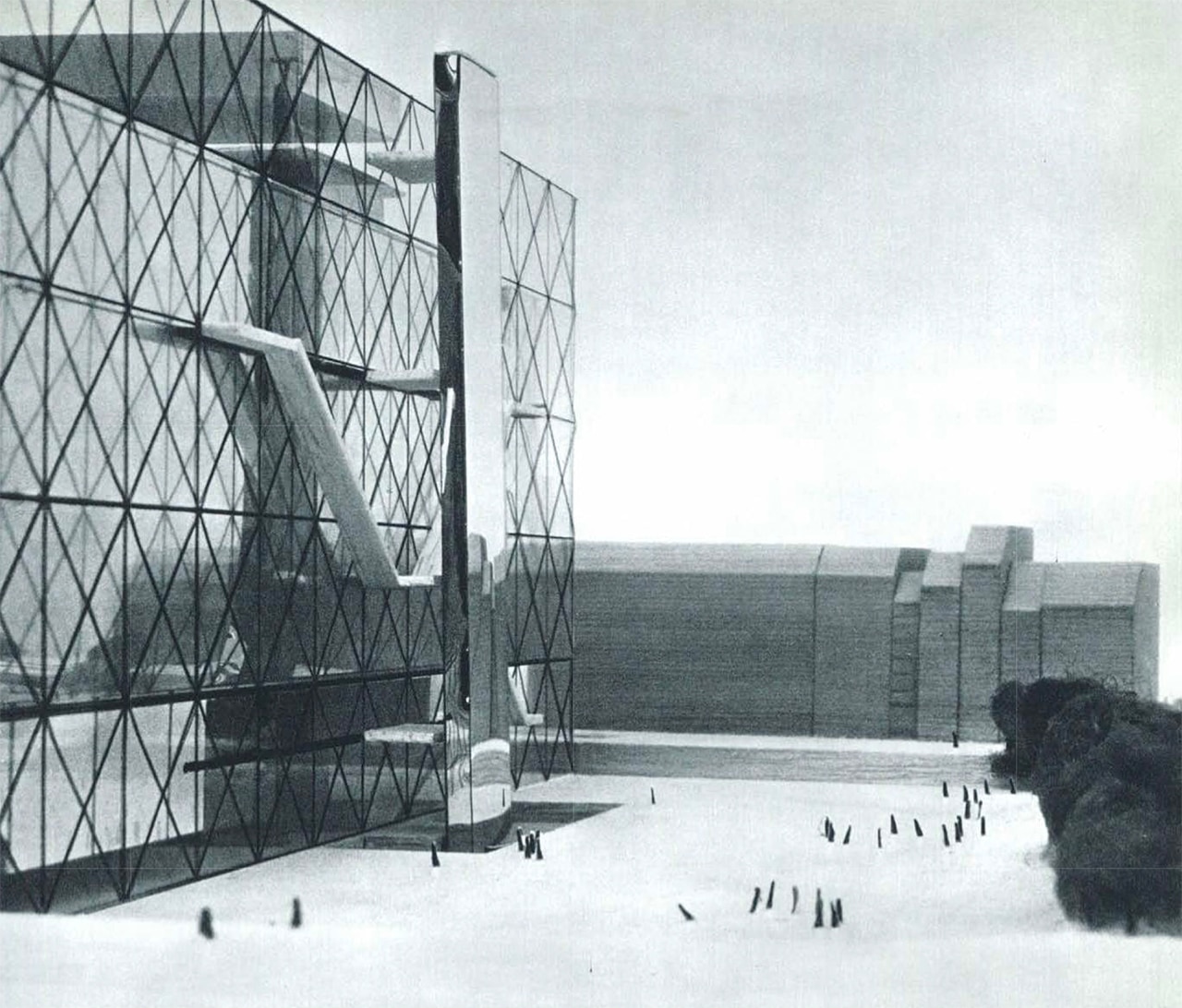
 View gallery
View gallery
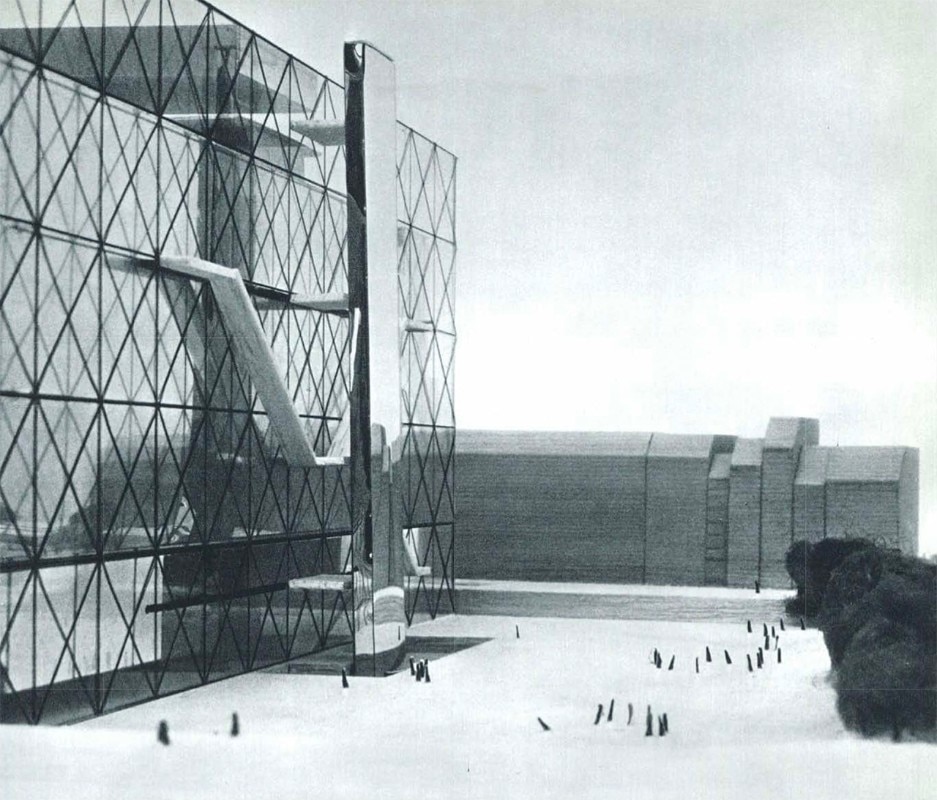
Renzo Piano, Richard Rogers, in collaboration with Gianfranco Franchini, Centre Pompidou, Paris, 1971-1977. From Domus 503, October 1971
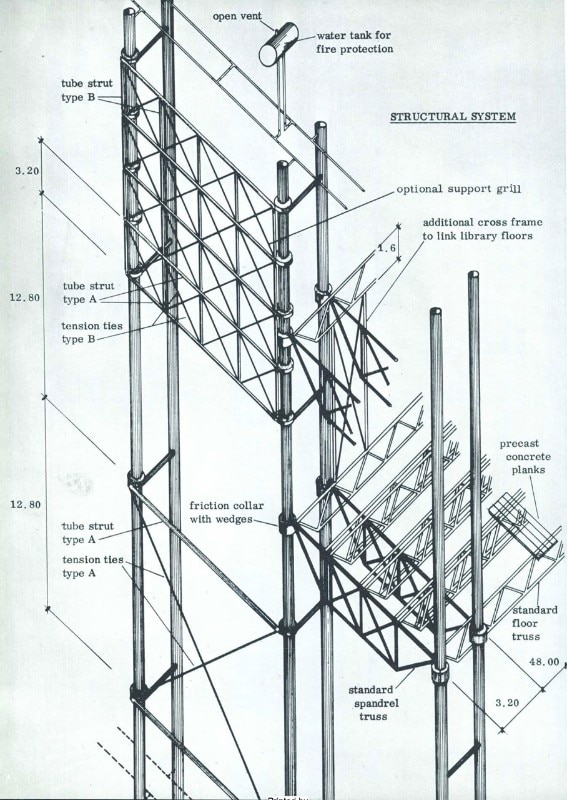
Renzo Piano, Richard Rogers, in collaboration with Gianfranco Franchini, Centre Pompidou, Paris, 1971-1977. From Domus 503, October 1971
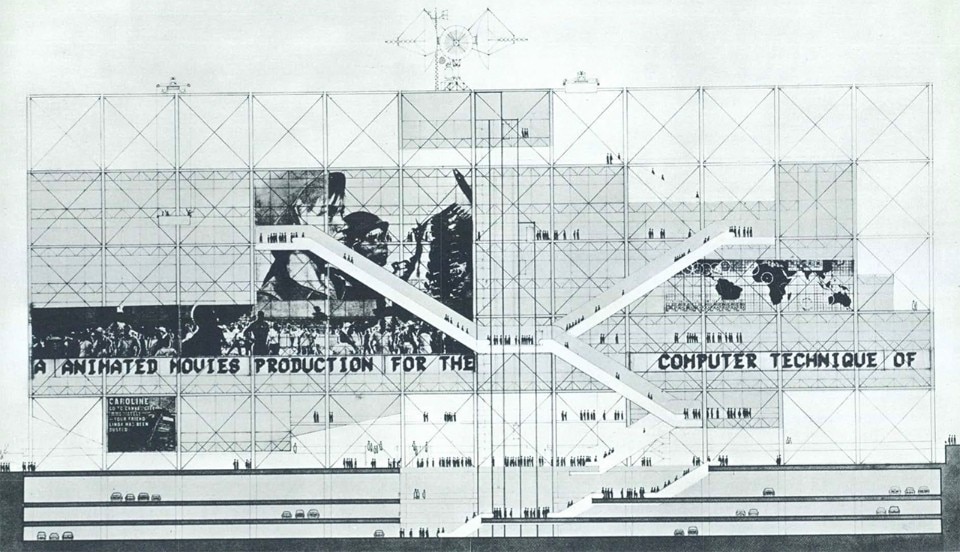
Renzo Piano, Richard Rogers, in collaboration with Gianfranco Franchini, Centre Pompidou, Paris, 1971-1977. From Domus 503, October 1971
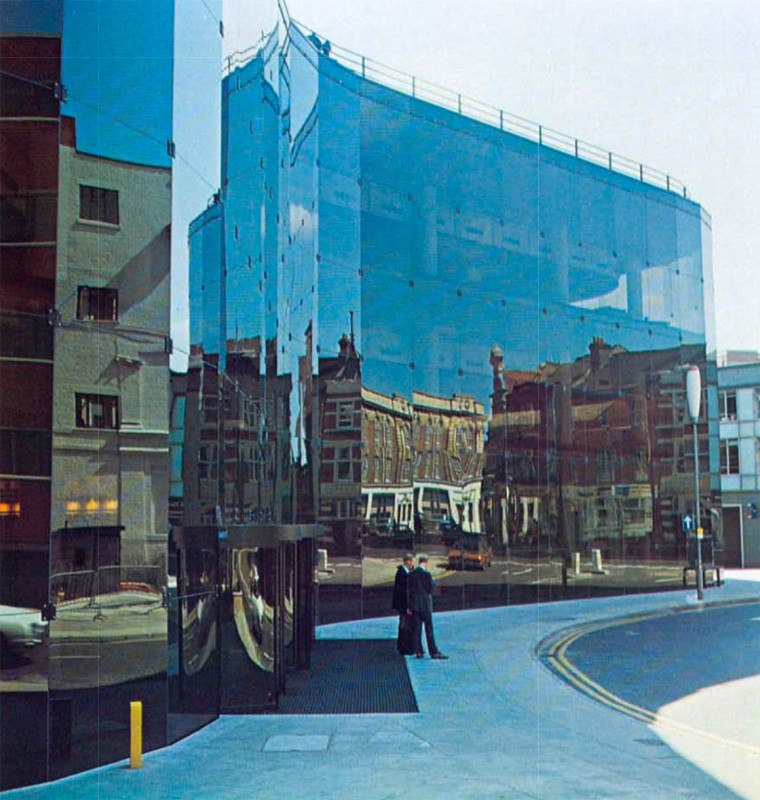
Foster Associates, Willis Faber & Dumas headquarters, Ipswich, 1970-1975. Photo © Tim Street Porter. From Domus 552, November 1975
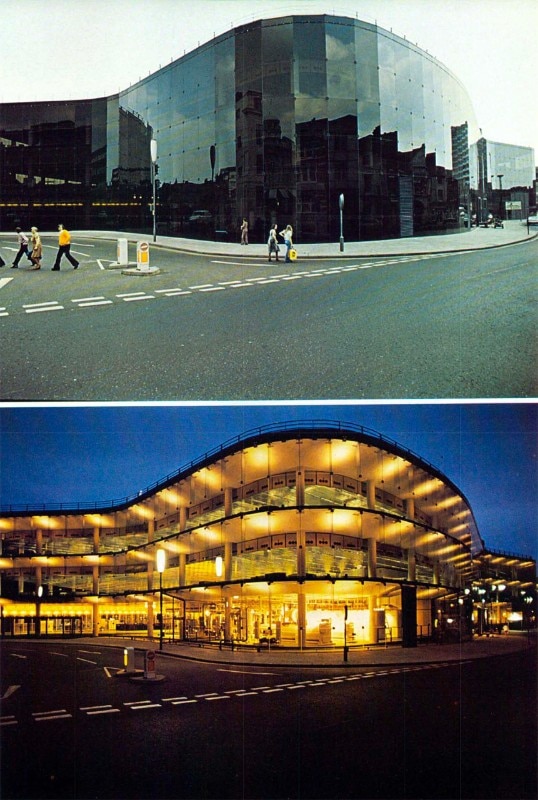
Foster Associates, Willis Faber & Dumas headquarters, Ipswich, 1970-1975. Photo © Tim Street Porter. From Domus 552, November 1975
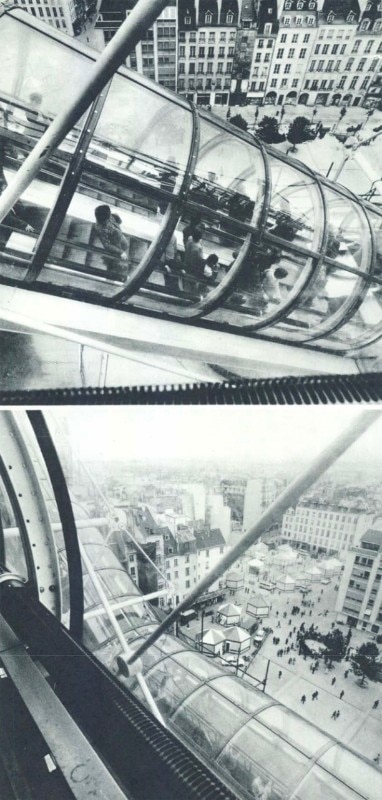
Renzo Piano, Richard Rogers, in collaboration with Gianfranco Franchini, Centre Pompidou, Paris, 1971-1977. From Domus 575, November 1977
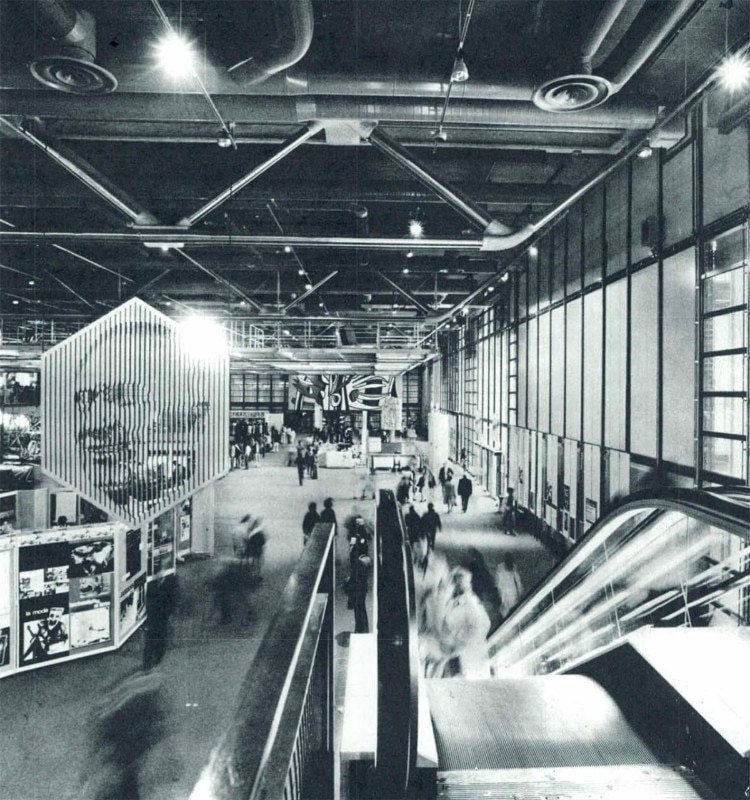
Renzo Piano, Richard Rogers, in collaboration with Gianfranco Franchini, Centre Pompidou, Paris, 1971-1977. From Domus 575, November 1977
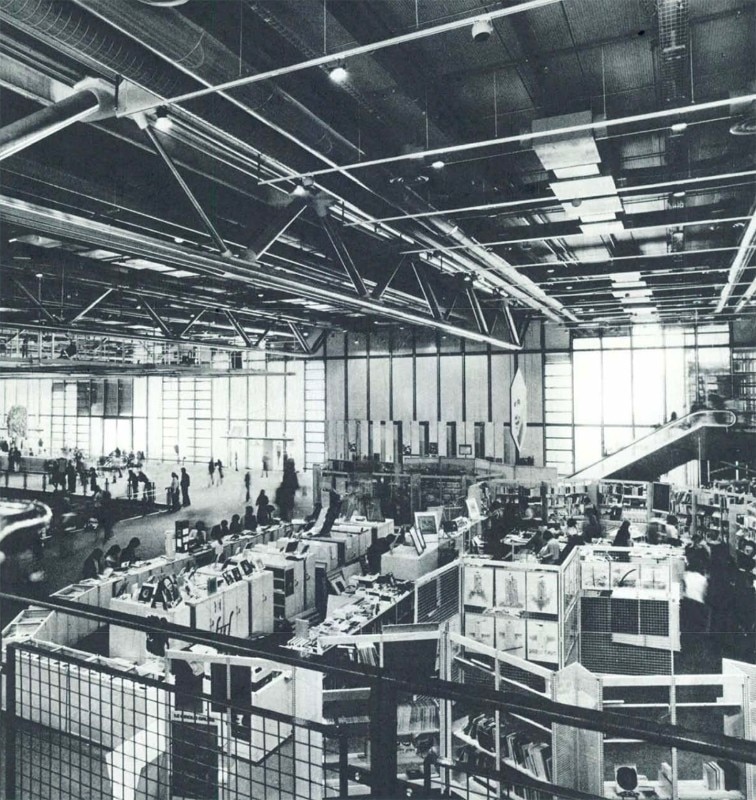
Renzo Piano, Richard Rogers, in collaboration with Gianfranco Franchini, Centre Pompidou, Paris, 1971-1977. From Domus 575, November 1977
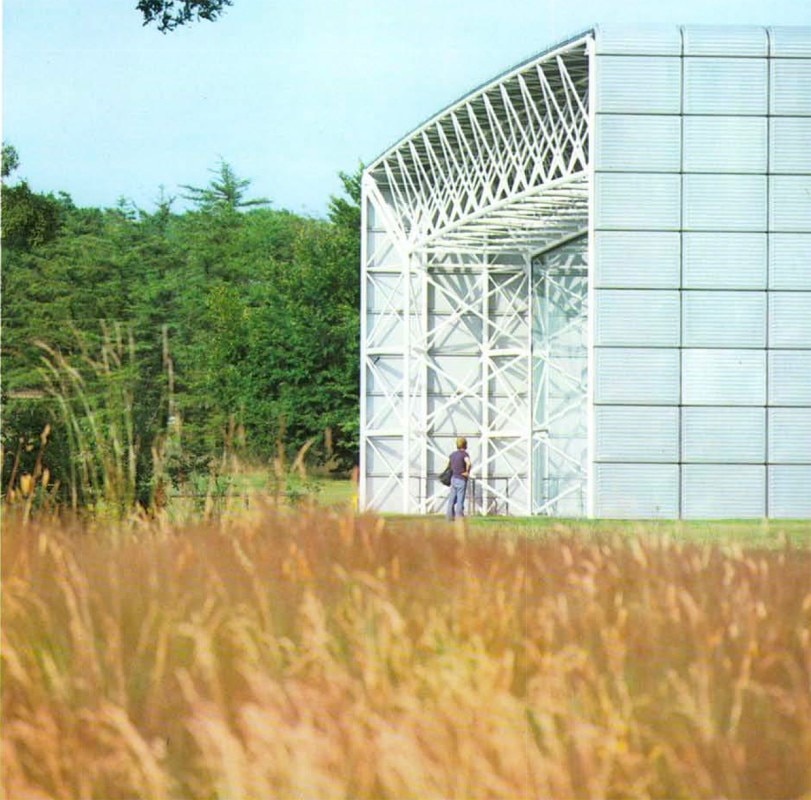
Foster Associates, Sainsbury Centre for Visual Arts, Norwich, 1974-1978. Photo © Ken Kirkwood. From Domus 592, March 1979
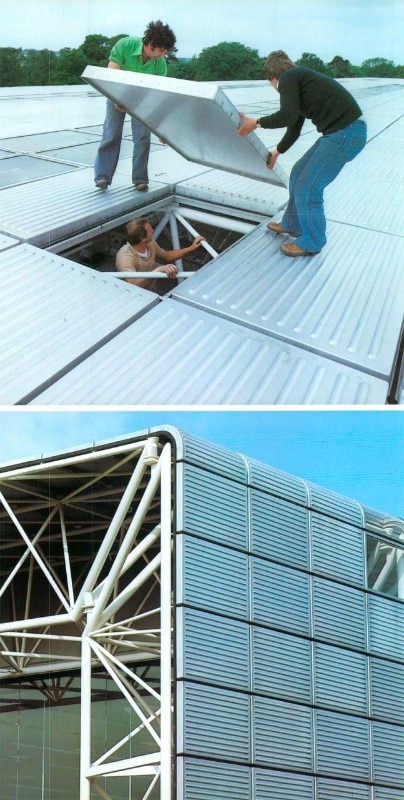
Foster Associates, Sainsbury Centre for Visual Arts, Norwich, 1974-1978. Photo © Ken Kirkwood. From Domus 592, March 1979
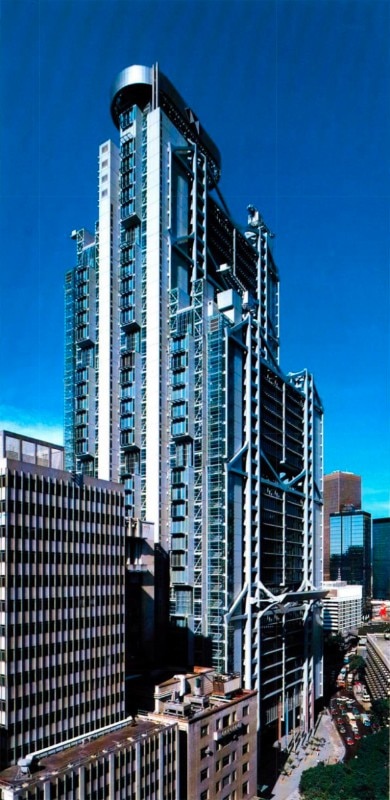
Foster Associates, Hong Kong & Shanghai Bank, Hong Kong, 1979-1986. Photo © Alastair Hunter. From Domus 674, July-August 1986
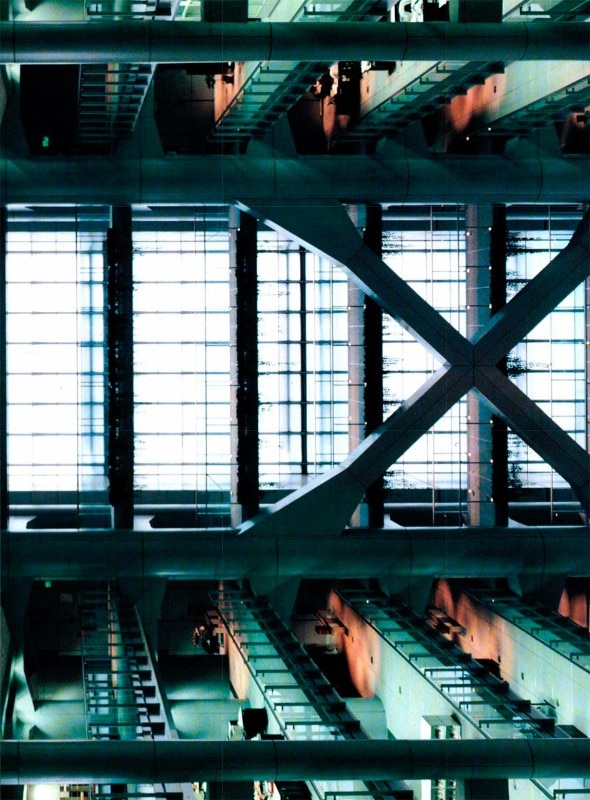
Foster Associates, Hong Kong & Shanghai Bank, Hong Kong, 1979-1986. Photo © Alastair Hunter. From Domus 674, July-August 1986
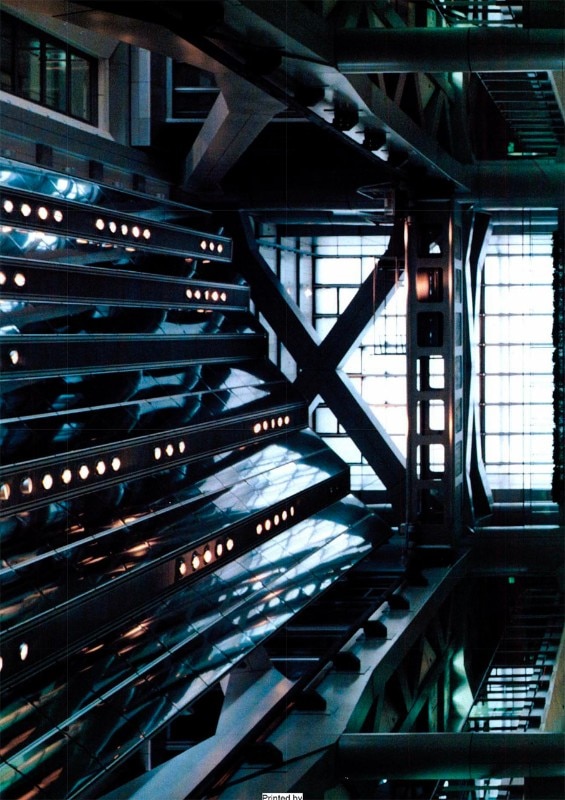
Foster Associates, Hong Kong & Shanghai Bank, Hong Kong, 1979-1986. Photo © Alastair Hunter. From Domus 674, July-August 1986
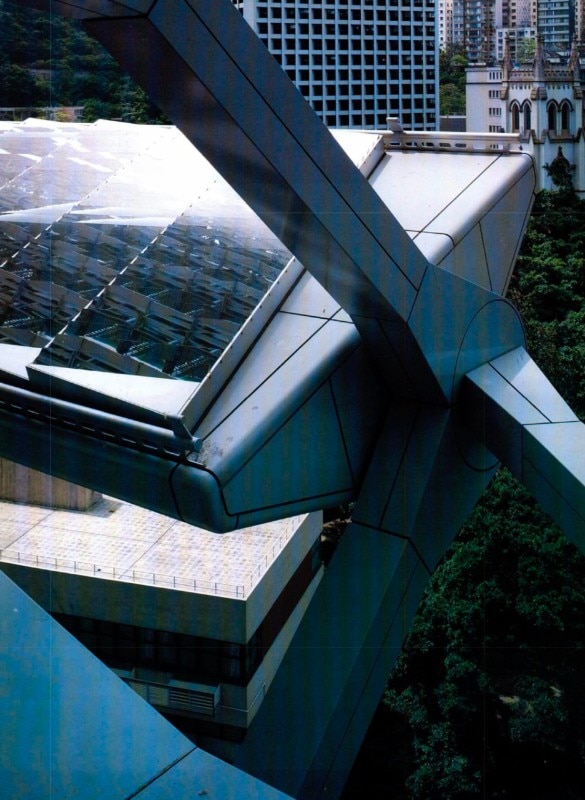
Foster Associates, Hong Kong & Shanghai Bank, Hong Kong, 1979-1986. Photo © Alastair Hunter. From Domus 674, July-August 1986
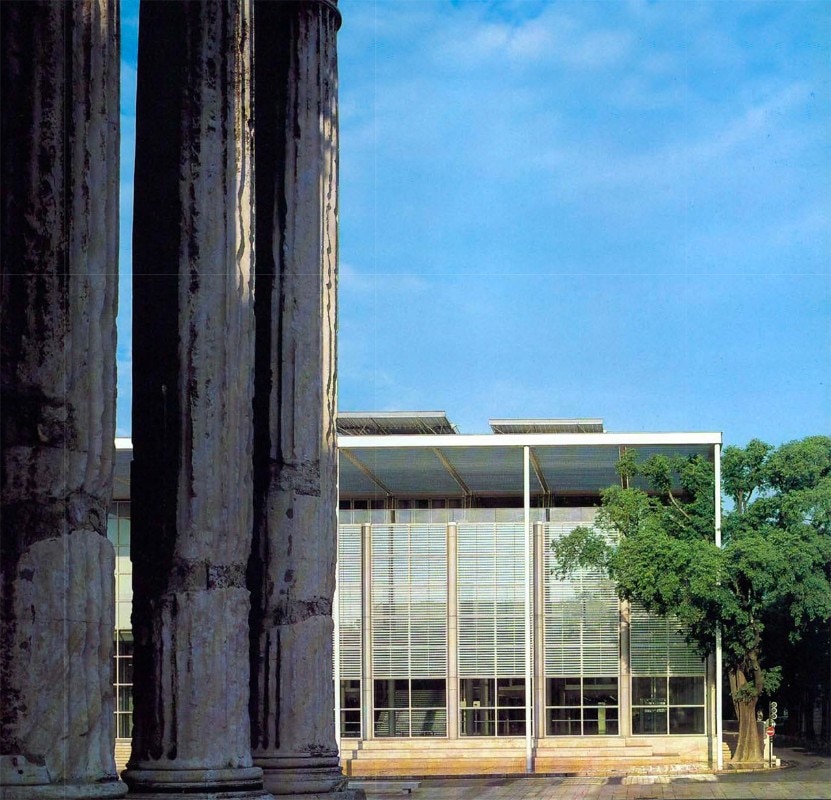
Norman Foster, Le Carré d’Art, Nîmes, 1984-1993. Photo © Richard Bryant/Arcaid. From Domus 751, July-August 1993
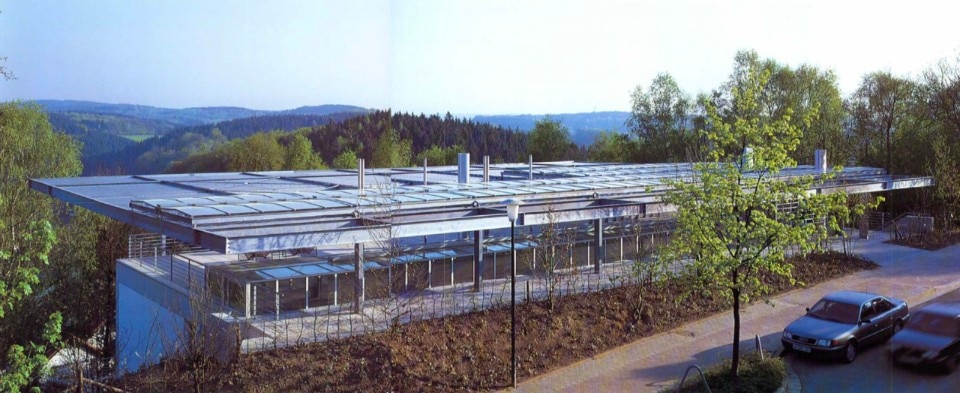
Norman Foster, Private house in Germany, 1995. Photo © Dieter Leistner/Architekton. From Domus 777, December 1995
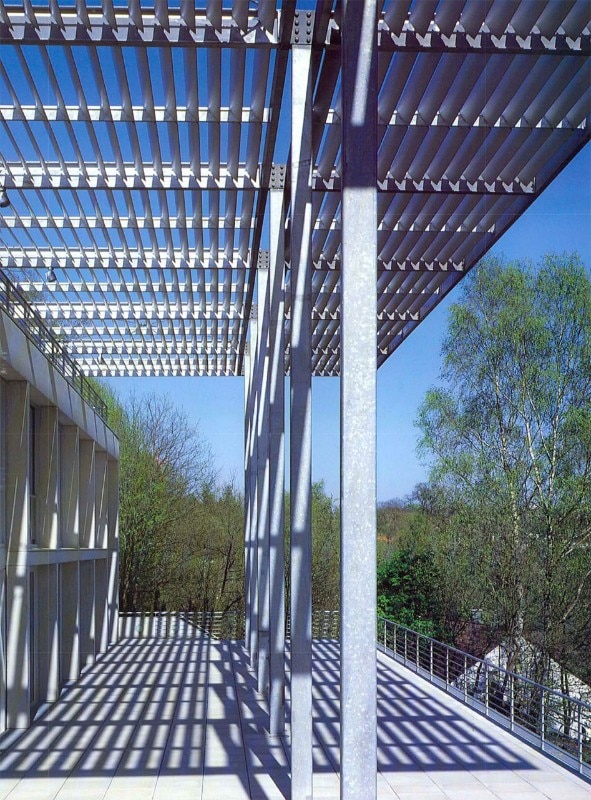
Norman Foster, Private house in Germany, 1995. Photo © Dieter Leistner/Architekton. From Domus 777, December 1995
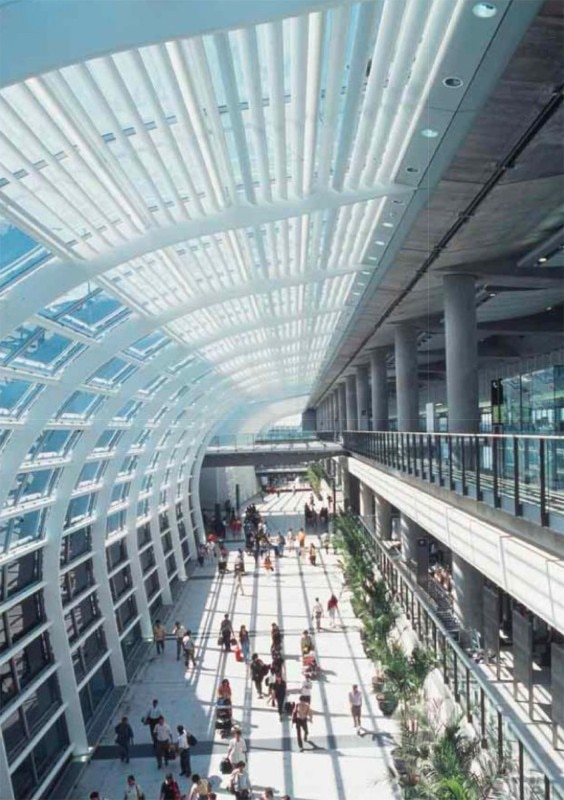
Foster & Partners, Hong Kong International Airport Chek Lap Kok, Hong Kong, 1992-1998. Photo © Dennis Gilbert. From Domus 808, October 1998

Foster & Partners, Hong Kong International Airport Chek Lap Kok, Hong Kong, 1992-1998. Photo © Dennis Gilbert. From Domus 808, October 1998
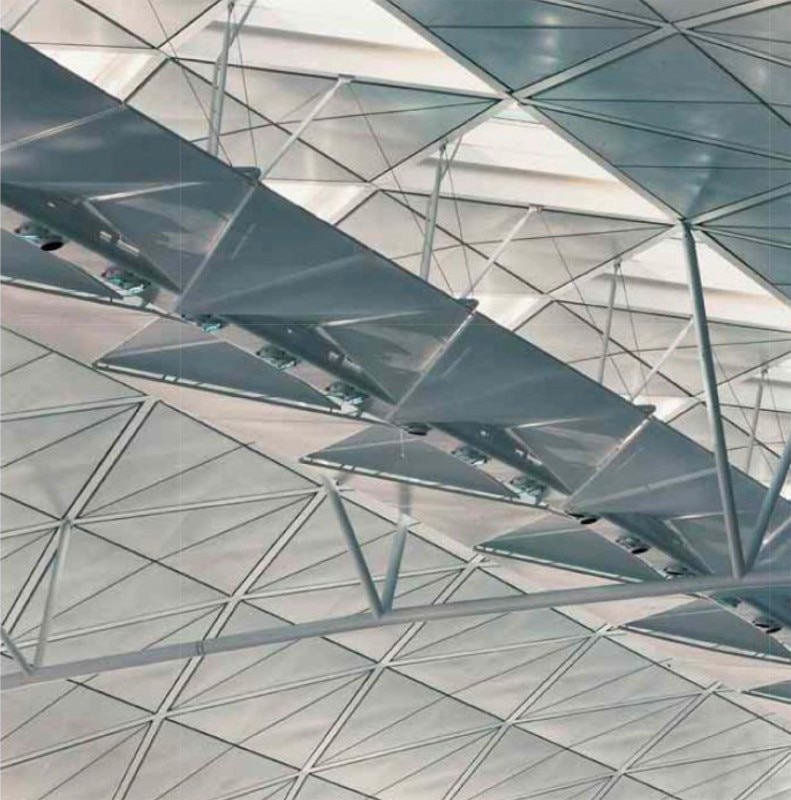
Foster & Partners, Hong Kong International Airport Chek Lap Kok, Hong Kong, 1992-1998. Photo © Dennis Gilbert. From Domus 808, October 1998
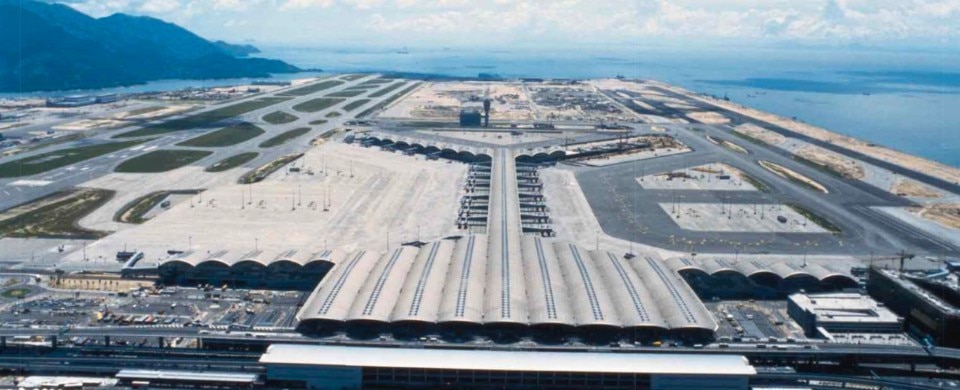
Foster & Partners, Hong Kong International Airport Chek Lap Kok, Hong Kong, 1992-1998. Photo © Dennis Gilbert. From Domus 808, October 1998
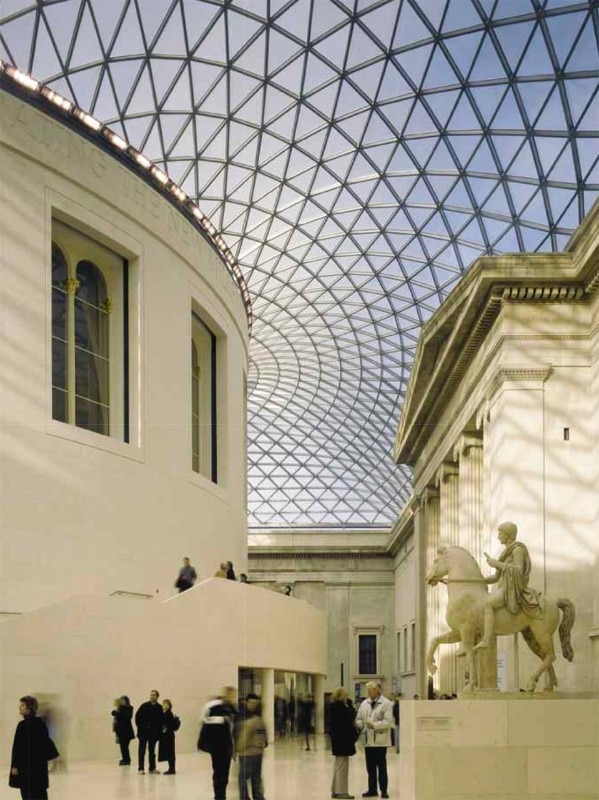
Foster & Partners, Great Court of the British Museum, London, 1994-2000. Photo © Richard Bryant/Arcaid. From Domus 834, February 2001
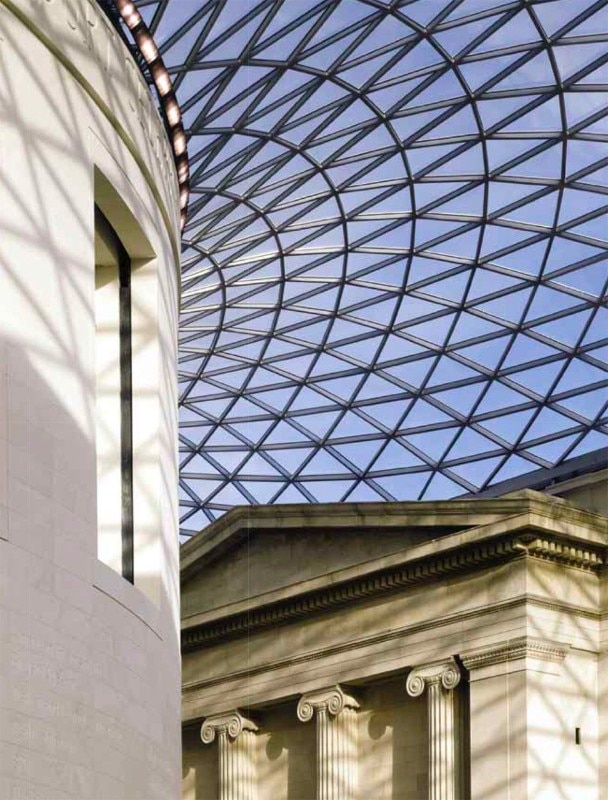
Foster & Partners, Great Court of the British Museum, London, 1994-2000. Photo © Richard Bryant/Arcaid. From Domus 834, February 2001
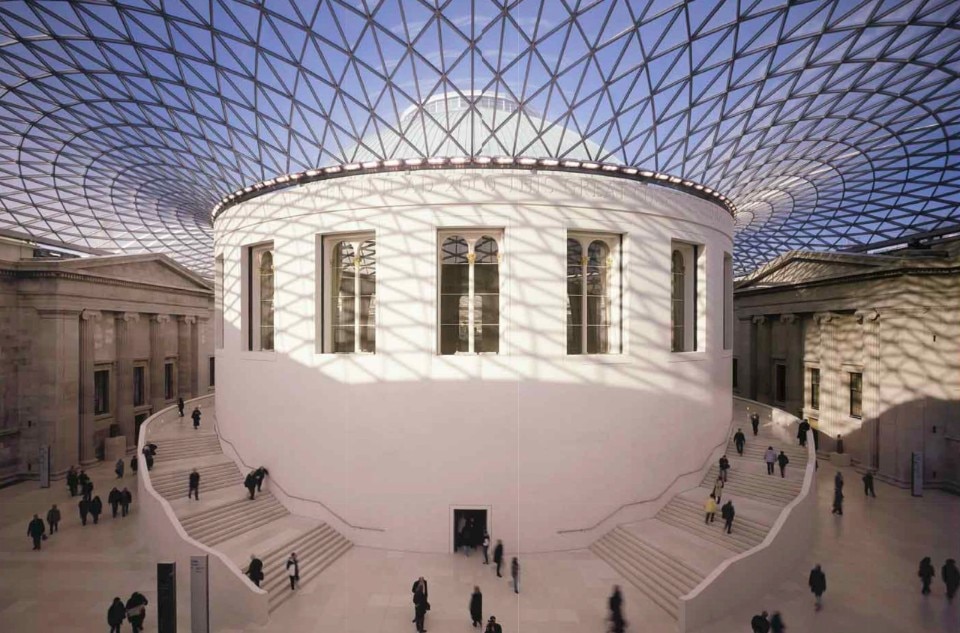
Foster & Partners, Great Court of the British Museum, London, 1994-2000. Photo © Richard Bryant/Arcaid. From Domus 834, February 2001
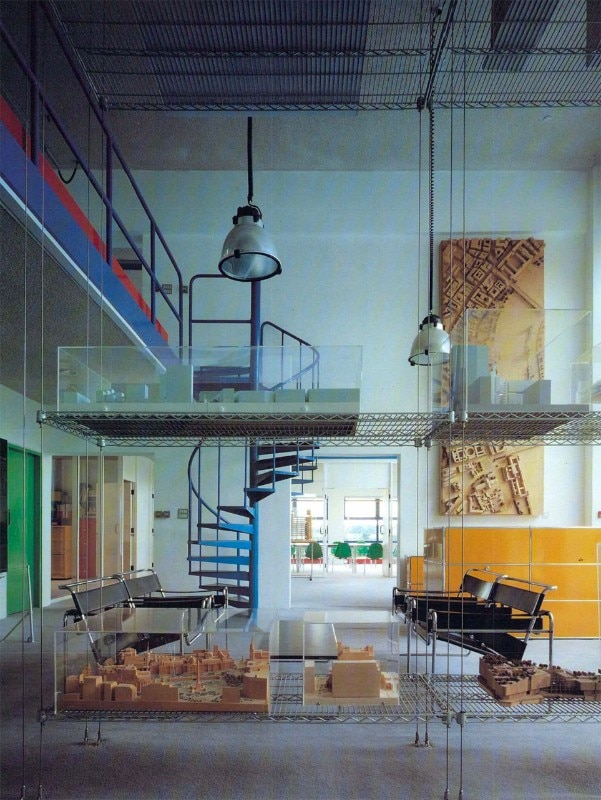
Richard Rogers Partnership, Thames Reach Housing, London, 1989. Photo © Arcaid Richard Bryant. From Domus 706, June 1989
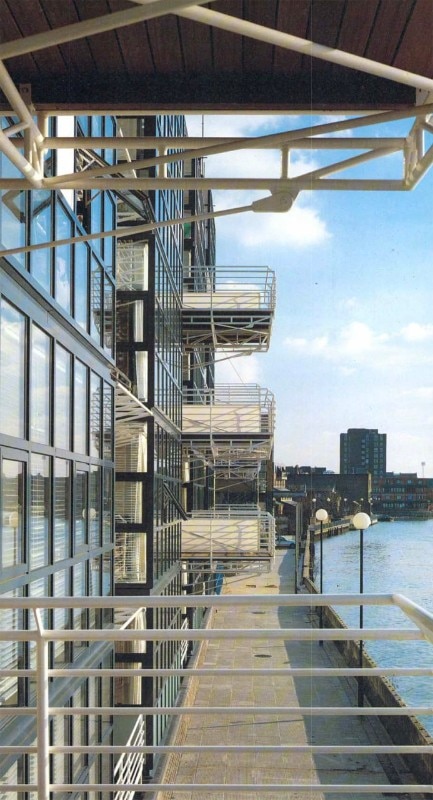
Richard Rogers Partnership, Thames Reach Housing, London, 1989. Photo © Arcaid Richard Bryant. From Domus 706, June 1989

Renzo Piano, Richard Rogers, in collaboration with Gianfranco Franchini, Centre Pompidou, Paris, 1971-1977. From Domus 503, October 1971

Renzo Piano, Richard Rogers, in collaboration with Gianfranco Franchini, Centre Pompidou, Paris, 1971-1977. From Domus 503, October 1971

Renzo Piano, Richard Rogers, in collaboration with Gianfranco Franchini, Centre Pompidou, Paris, 1971-1977. From Domus 503, October 1971

Foster Associates, Willis Faber & Dumas headquarters, Ipswich, 1970-1975. Photo © Tim Street Porter. From Domus 552, November 1975

Foster Associates, Willis Faber & Dumas headquarters, Ipswich, 1970-1975. Photo © Tim Street Porter. From Domus 552, November 1975

Renzo Piano, Richard Rogers, in collaboration with Gianfranco Franchini, Centre Pompidou, Paris, 1971-1977. From Domus 575, November 1977

Renzo Piano, Richard Rogers, in collaboration with Gianfranco Franchini, Centre Pompidou, Paris, 1971-1977. From Domus 575, November 1977

Renzo Piano, Richard Rogers, in collaboration with Gianfranco Franchini, Centre Pompidou, Paris, 1971-1977. From Domus 575, November 1977

Foster Associates, Sainsbury Centre for Visual Arts, Norwich, 1974-1978. Photo © Ken Kirkwood. From Domus 592, March 1979

Foster Associates, Sainsbury Centre for Visual Arts, Norwich, 1974-1978. Photo © Ken Kirkwood. From Domus 592, March 1979

Foster Associates, Hong Kong & Shanghai Bank, Hong Kong, 1979-1986. Photo © Alastair Hunter. From Domus 674, July-August 1986

Foster Associates, Hong Kong & Shanghai Bank, Hong Kong, 1979-1986. Photo © Alastair Hunter. From Domus 674, July-August 1986

Foster Associates, Hong Kong & Shanghai Bank, Hong Kong, 1979-1986. Photo © Alastair Hunter. From Domus 674, July-August 1986

Foster Associates, Hong Kong & Shanghai Bank, Hong Kong, 1979-1986. Photo © Alastair Hunter. From Domus 674, July-August 1986

Norman Foster, Le Carré d’Art, Nîmes, 1984-1993. Photo © Richard Bryant/Arcaid. From Domus 751, July-August 1993

Norman Foster, Private house in Germany, 1995. Photo © Dieter Leistner/Architekton. From Domus 777, December 1995

Norman Foster, Private house in Germany, 1995. Photo © Dieter Leistner/Architekton. From Domus 777, December 1995

Foster & Partners, Hong Kong International Airport Chek Lap Kok, Hong Kong, 1992-1998. Photo © Dennis Gilbert. From Domus 808, October 1998

Foster & Partners, Hong Kong International Airport Chek Lap Kok, Hong Kong, 1992-1998. Photo © Dennis Gilbert. From Domus 808, October 1998

Foster & Partners, Hong Kong International Airport Chek Lap Kok, Hong Kong, 1992-1998. Photo © Dennis Gilbert. From Domus 808, October 1998

Foster & Partners, Hong Kong International Airport Chek Lap Kok, Hong Kong, 1992-1998. Photo © Dennis Gilbert. From Domus 808, October 1998

Foster & Partners, Great Court of the British Museum, London, 1994-2000. Photo © Richard Bryant/Arcaid. From Domus 834, February 2001

Foster & Partners, Great Court of the British Museum, London, 1994-2000. Photo © Richard Bryant/Arcaid. From Domus 834, February 2001

Foster & Partners, Great Court of the British Museum, London, 1994-2000. Photo © Richard Bryant/Arcaid. From Domus 834, February 2001

Richard Rogers Partnership, Thames Reach Housing, London, 1989. Photo © Arcaid Richard Bryant. From Domus 706, June 1989

Richard Rogers Partnership, Thames Reach Housing, London, 1989. Photo © Arcaid Richard Bryant. From Domus 706, June 1989
Foster’s career kicks off with a few boldly radical buildings, such as the Willis Faber & Dumas headquarters in Ipswich (1970-1975) and the Sainsbury Centre for Visual Arts in Norwich (1974-1978), both anticipating the relation between unobstructed interiors and technological, fully equipped shells, which the Centre Pompidou will further stress. His high-tech language reaches its most outspoken expression in the 1980s, through such designs as the Hong Kong & Shanghai Bank in Hong Kong (1979-1986) and the Renault Distribution Centre in Swindon (1982-1983), the latter standing out as a typical and successful example of high-tech tensile structure. From the end of the 1990s, Foster focuses on the one side on a remarkable formal simplification, witnessing a new preoccupation for each building’s context, largely overlooked in the previous stages of development of high-tech architecture. In the case of Le Carré d’Art in Nîmes (1984-1993), for instance, the abstract, stripped-off composition of the architectural volume aims at opening a dialogue with the neighboring, classical Maison Carré. On the other side, such realizations as the Swiss Re Tower in London (1997-2004) and the London City Hall (1999-2002) seek to explore the potentials of a different, organic option.
Despite its evolutions, Roger’s path stays as the most representative of “bowellism”, the term originally employed in 1967 by Michael Webb from Archigram. Whereas in the house that he builds for his parents in Wimbledon (1969) he only exposes the bright yellow beams, the spectacularization of the technical bowels peaks with the Centre Pompidou and with London’s Lloyd’s Building (1978-1986), a forthright contemporary tribute to Joseph Paxton’s Crystal Palace. Less extreme, and yet consistent with this research axes, are Rogers’s projects from the following decades, including the European Court of Human Rights in Strasbourg (1989-1994) and the Channel 4 headquarters in London (1990-1994), whose shells only partially regain their continuity and solidity.
Besides the careers of these two protagonists, high-tech survives until our days as a particularly thriving and prolific architectural trend. In the words of Luigi Prestinenza Puglisi: “the high-tech continues its process of spreading, though evolving through clearly diverging variations. Neo-organic in the case of Santiago Calatrava, neo-humanist in the case of Renzo Piano, more overtly playful for William Alsop”. None of these figures fully falls into the high-tech category, but all of them engage in a reflection on the links between architecture and technology.
As it is open to relentless reinterpretation, high-tech has rapidly become the style (even more than the movement) par excellence of a global, mainly corporate-oriented architecture. Its updates, and the correspondent neologisms, proliferate in response to the evolving issues of the field of design: soft-tech and eco-tech, for example, point out the willingness to deal with the topics of sustainability and energy saving.
For its substantial eclecticism, which also results in the uneven quality of its outcomes, the high-tech can be considered as intrinsically postmodern. As Federico Ferrari explains: “Its aesthetical citationism allows to define the high-tech as a fully postmodern phenomenon. It is often argued that the distinctive feature of postmodern is the re-appropriation of languages from the past, nonchalantly and ironically combined. Nonetheless, it would be more appropriate to adopt Charles Jenck’s definition, which instead talks of ‘radical eclecticism’. In this sense the high-tech only represents one of its possible declinations”.


